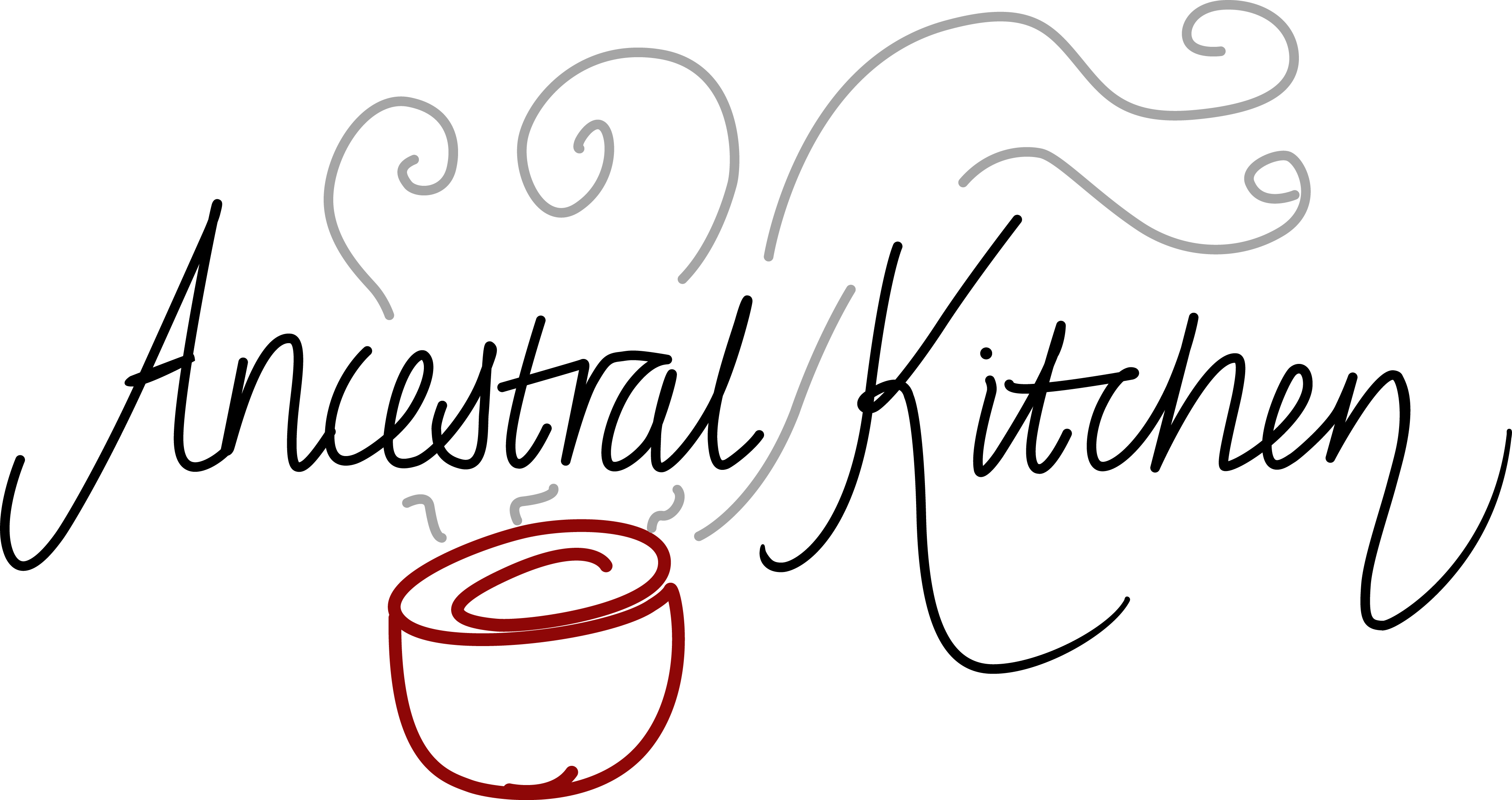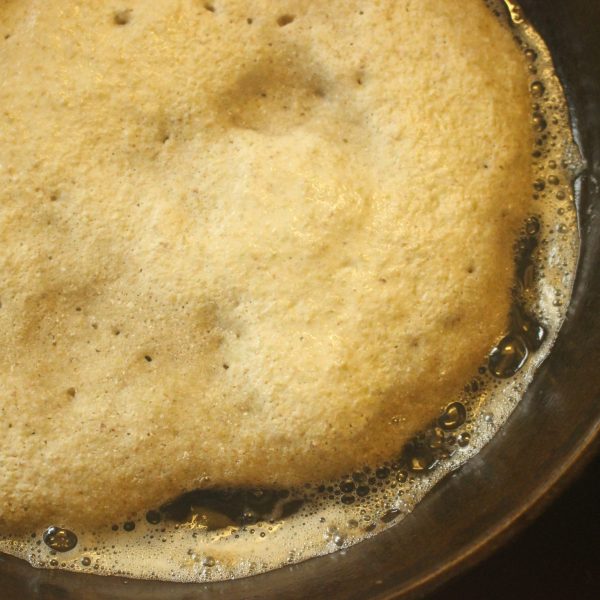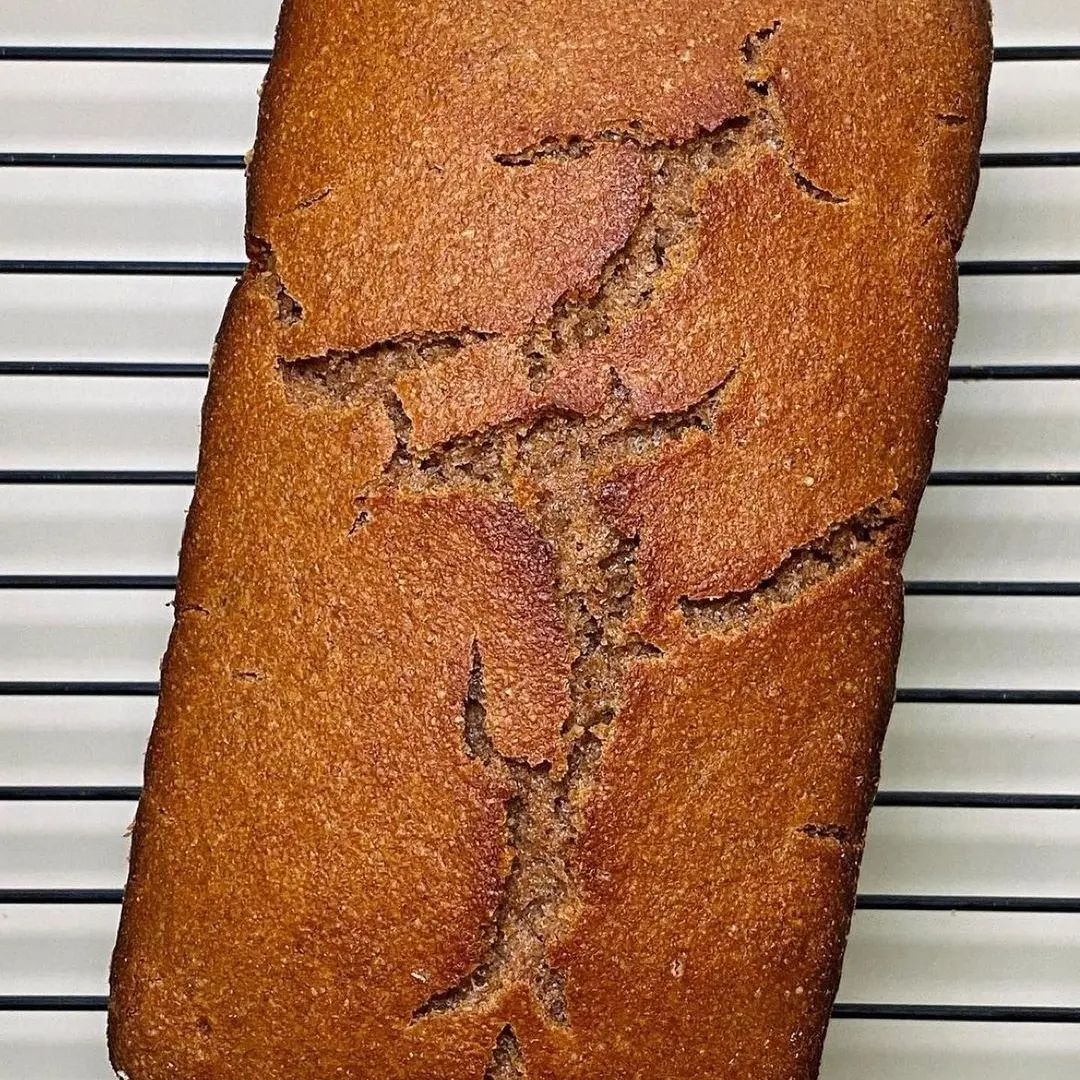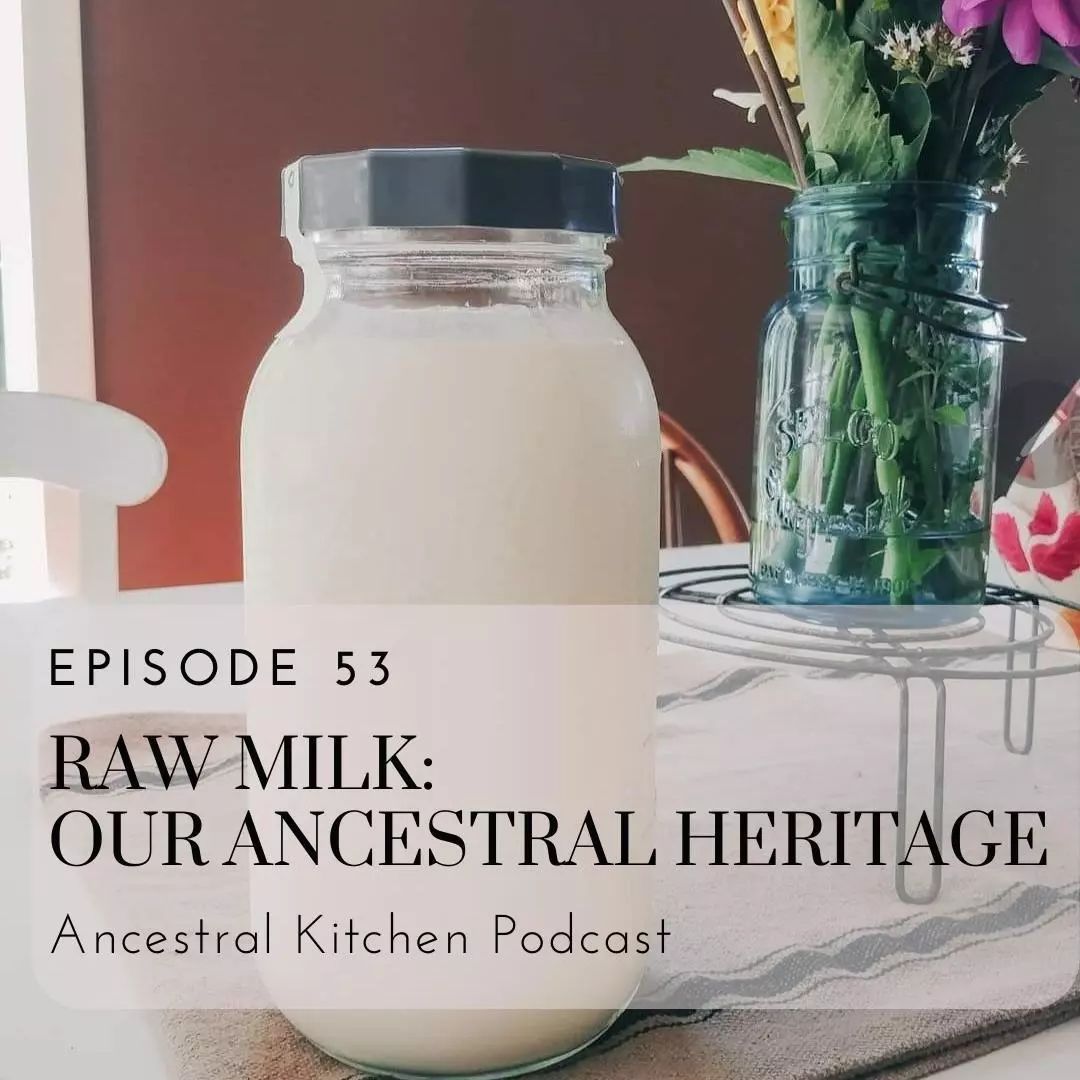First go at sourdough spelt halušky – Slovakian pasta/noodles. . I love being inspired by other cuisines and Naomi (@almostbananas) showed me (and all the other @ancestralkitchenpodcast patrons!) how to make these on camera from her Slovakian kitchen. . They aren’t authentic – I didn’t use potato as my son can’t eat it, and I served them with an Italian twist: pancetta, kale and pecorino. But they were good and so much easier to make than sourdough pasta. . We used a spaetzle-maker (I’ll put pictures in my story) and my son pushed the batter – which had been fermenting overnight – through the holes into boiling water. . If you’re daunted by sourdough pasta, these might be worth a try in your kitchen. . And do check out Ancestral Kitchen Podcast #49 where I talk with Naomi about traditional Slovakian Food; it’ll make your mouth water!
First go at sourdough spelt halušky – Slovakian pasta/noodles.
.
I love being inspired by other cuisines and Naomi (@almostbananas) showed me (and all the other @ancestralkitchenpodcast patrons!) how to make these on camera from her Slovakian kitchen.
.
They aren’t authentic – I didn’t use potato as my son can’t eat it, and I served them with an Italian twist: pancetta, kale and pecorino. But they were good and so much easier to make than sourdough pasta.
.
We used a spaetzle-maker (I’ll put pictures in my story) and my son pushed the batter – which had been fermenting overnight – through the holes into boiling water.
.
If you’re daunted by sourdough pasta, these might be worth a try in your kitchen.
.
And do check out Ancestral Kitchen Podcast #49 where I talk with Naomi about traditional Slovakian Food; it’ll make your mouth water!









